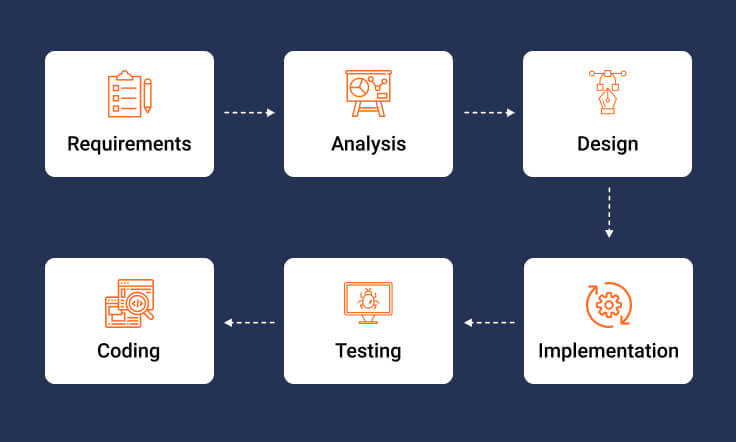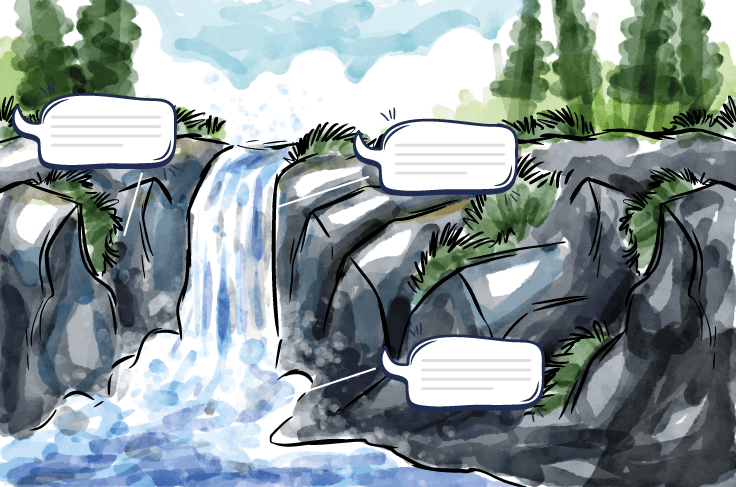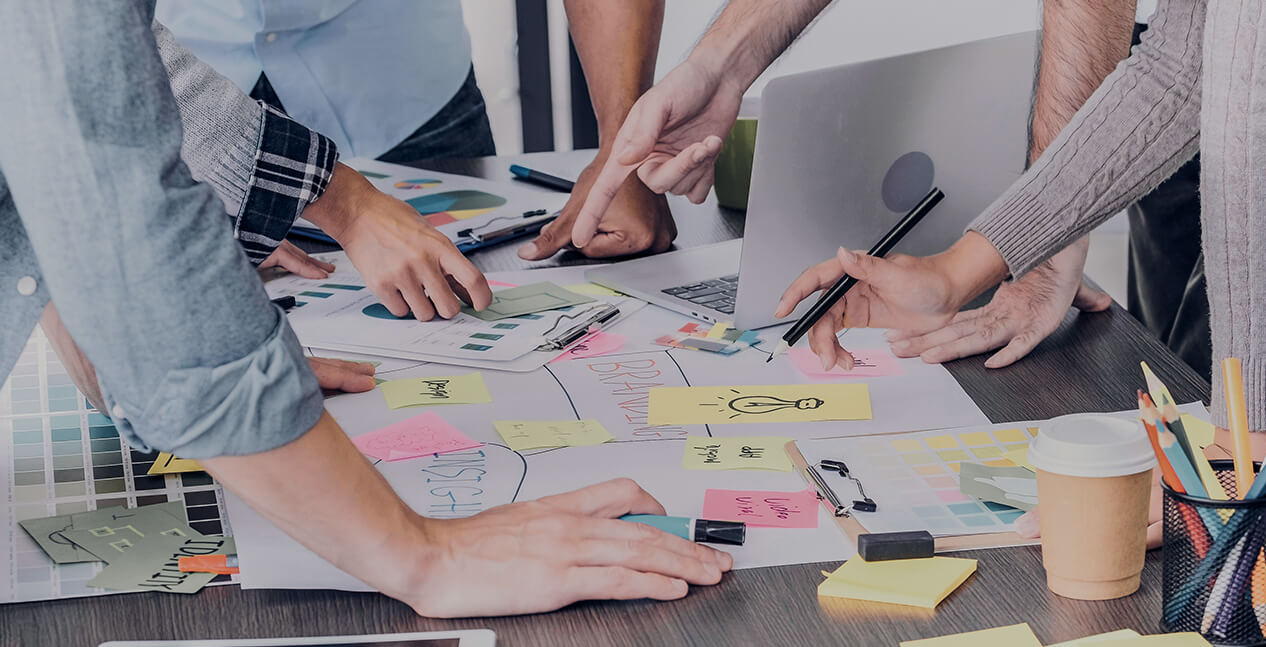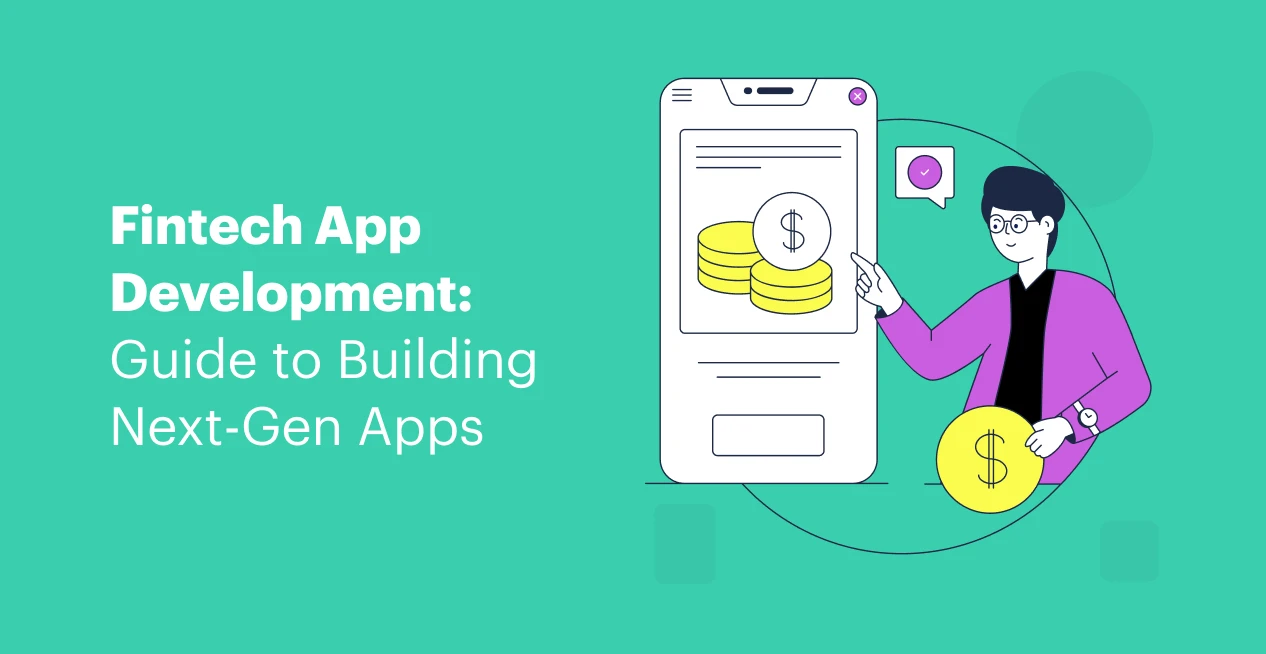Agile is one of the most popular approaches used in software development. Another equally important and used method is the Waterfall approach. The Waterfall model endorses a method where the progress is downwards and is sequential.
It also encompasses different phases such as analysis, design, development, and testing. Complete and full-scale research is done on the particular topic while implementing the waterfall approach. This helps in stopping if there is a possibility of any risk. This makes the release date more on point and predictable.
Waterfall Model Phases
The phases of the waterfall method are linear which basically means it goes from the top to the bottom. A new phase can only start when the preceding stage concludes. The names of the phases may differ from one organization to the other but the idea behind them remains more or less static. The different phases are:
Requirements
Everything that is needed in the project with respect to the customer requirements is collected at the initial stages of the project. This is the main feature of the waterfall approach. This helps in making the next phases easier because the process becomes more streamlined. It is usually in the requirement phase where all the information and requirements are gathered.
Design
This design phase consists of two parts namely logical and physical design. In the logical phase, brainstorming is done and solutions are thought of which can be used. After the solutions are thought of they are designed into proper specifications. This phase is the physical part of the design phase.
Implementation
As the name suggests, in the implementation phase the assimilated data from the design phase are put to use. The codes are generated and other technical works are done in this phase.
Verification
In the verification phase, the product is handed over and he reviews it. The customer checks whether the requirements that he desires are met or not. The complete product is released and given to the customer.
Maintenance
The maintenance phase is an extremely important phase in the waterfall approach. This is because during the maintenance of the product bugs are discovered. It might also come to the view that the features in the product are not adequate as per the working. At this point, the team comes back, fixes the problems, and keeps the product in the working state.

Advantages of Waterfall Model
The different advantages of the Waterfall Model are:
- To start a particular phase of the project, the phrase preceding must be completed.
- Since the needs of the project are set in the first phase of the project, aspects like planning become easier and streamlined.
- Since scheduling and planning are done early in the project different estimations of time and costs are also fast and effective.
- Waterfall approach is mainly used for projects which are smaller. This makes the set of requirements more defined and streamlined.
- It is mandatory in the Waterfall approach to have a quality assurance test on the product after completing each phase.
- The process of documentation is taken very seriously. So proper documentation is done for every phase of the model.
- The involvement of customers is minimal in the Waterfall approach and majority of the work is done by the software development team.
- Measuring success and progress are easier in the waterfall approach.
Disadvantages of Waterfall Model
No system comes without its own set of disadvantages. Thus the Waterfall model also has a set of setbacks. These can be listed as follows:
- Since the requirements are to be set at the beginning of the project it might be difficult for the customer to understand for sure what he envisions for the project.
- If errors are found after the completion of a particular phase, they can be fixed only in that phase. If the next phase starts we cannot go back to the previous phase for correction.
- The Waterfall approach is recommended for simpler projects. The working might not work for complex systems.
- Even though there are lots of advantages to proper documentation, it cannot be denied that documentation takes a lot of time.
- The feedback given by the customer is not considered. Sometime these feedbacks are extremely essential in meeting the requirements and proper conclusion of the project.
- If errors occur after completion of a phase it may create a lot of trouble and may take a lot of time and resources to get fixed.
- The method is not flexible because it lacks the ability to adapt if some unexpected events occur.
Waterfall Model in Software Engineering

The waterfall model in software engineering has a simple approach. Even though gradually this model is losing its popularity it will always remain very important because all the other models are based on the principles of the waterfall model.
The whole is divided into different phases and one phase starts after the completion of the previous phase. This can be explained in another way if we say that the output of phase 1 will be the input of phase 2.
The different phases of the waterfall model are:
1. Feasibility study
2. Requirement, analysis and specifications
3. Design
4. Coding and unit testing
5. Integration and system testing
- Alpha Testing
- Beta Testing
- Acceptance Testing
6. Maintenance
- Corrective Maintenance
- Perfective Maintenance
- Adaptive Maintenance
Difference Between Agile and Waterfall Model
Check out Agile vs Waterfall Model Key Difference
| Waterfall Model | Agile Model |
| Linear model | Incremental model |
| Projects are divided into phases. | Projects are categorized into sprints. |
| One project can be done at a particular time. | Many smaller projects can be done at a particular time. |
| Waterfall model aims at delivering the project successfully. | Agile aims at making the customer happy. |
| The requirements of the project are figured out at the beginning of the project. | Requirements can be figured out every day. |
| Changes if any can be done only at the beginning of the project. | Changes can be done at any time of the project. |
| Testing is done after building. | Testing can be done after any development. |
| Requirements teams and test teams are different from each other and do not meddle with each other. | The test team and requirement teams can help each other out if required. |
| Waterfall model requires a project leader or a project manager. | Agile models can work nicely without the presence of a manager. |
FAQ of Waterfall Model
Waterfall model is used when the following are true:
– The requirements are absolute and have no possibility of being changed later.
– There is no confusion about the aim of the project.
– The model should be used when the user has a good understanding of the technology being used.
– The project should not be big.
– There are no risks.
The waterfall model can be made by maintaining the following phases:
– Analysis
– Design
– Development
– Testing
Waterfall model is still one of the most widely used methods. It is most popularly used in organizations that are inclined in using traditional methods. Almost 51 % of users prefer the waterfall model according to a study.
If explained broadly, the stages of the waterfall model are:
– Requirement
– Design
– Implementation
– Verification
– Analysis
PMP or Project Management Professional is based on waterfall methodology.
No waterfall model is not agile because the waterfall is linear whereas agile is iterative.









